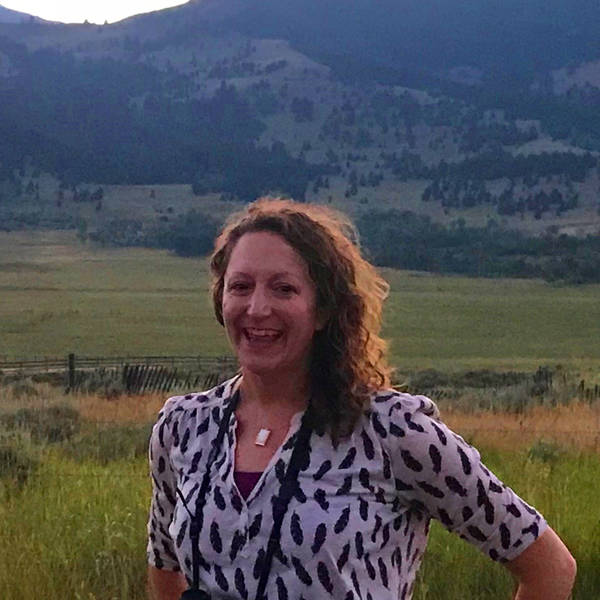Parks including Glacier, Rocky Mountain and Yosemite are using reservation and timed-entry systems to help manage heavy crowds — a problem that long preceded the pandemic. While these changes come with growing pains, one happy hiker makes the most of the new policy.
I sat on a blanket of rocks last June with my toes plunged in the Merced River, eating a picnic lunch beneath the granite monolith of Half Dome. Across the river, I saw birds and squirrels enjoying the otherwise empty campgrounds. Earlier, I had walked through dreamy empty meadows, with El Capitan and other rock walls towering over me. I easily parked in designated areas just steps from trailheads and boardwalks and nearly skipped with excitement up to Bridalveil and Yosemite Falls, which I enjoyed with a small group of socially distanced strangers.
If you’ve never been to Yosemite during peak season, this might sound like a normal park experience, but it isn’t — not anymore. These attractions are generally overrun with tourists, turning the iconic landscape into a sea of selfie sticks.
But not on this afternoon. Instead, I had the perfect, quiet day in Yosemite Valley, followed by a week of exploring the park and camping outside of its boundaries. Sitting in silence alongside the river, I thought about how lucky and grateful and happy I was in that moment, despite being in the middle of a global pandemic with no end yet in sight. I thought about the people who sat in this same place and enjoyed similar solitude decades ago. I thought of chef Tie Sing, who washed dishes in the river in the early 1900s after preparing lavish feasts for guests on an expedition here, including Stephen Mather, the first National Park Service director. And I think of the Black military men known as Buffalo Soldiers, who protected Yosemite as well as Sequoia and Kings Canyon before the Park Service was formed and who may have taken a splash in this same river after long days of work.
More places worth planning ahead for
I hold on to childhood memories of tranquil camping adventures, but as an adult, I have avoided the gridlock and garbage of peak season at Yosemite and its millions of visitors. The incredible rock walls, waterfalls, forests and meadows have been protected for more than 150 years. Yet, summers here have changed drastically within my lifetime, and such a quiet experience has become nearly extinct.
What created this dramatic change last year? Yosemite was one of several parks that instated a timed-entry reservation system to help manage the crowds during the pandemic, which were becoming even more problematic and threatening not just the visitor experience, but the health of the park itself. This means I had to plan my trip and reserve my entry time in advance using the online system at Recreation.gov. Though many people find this step inconvenient, I was rewarded for the small effort it took.
From easy parking and access to trails to feeling safer with social-distancing protocols, the benefits of the reservation system outweighed any hassle from adding one extra step to the trip-planning process, since visiting Yosemite already requires thinking ahead. I had already made camping reservations, written out menus and shopping lists, researched places to rent a kayak, and found the best hot spring on the east side of the park (not sharing!), and so on.
Stay On Top of News
Our email newsletter shares the latest on parks.
However, I realize I was able to book this spectacular trip because I have an unfair advantage — through my work with NPCA, I receive email updates and press releases from Yosemite, and I knew just where to go and how to make my plans. But others have expressed understandable frustrations. Some visitors have been turned around at the park entrance gate without knowing ahead of time that they needed to book their entry in advance. People who aren’t fluent in English have been unable to receive information in other languages. Not everyone has a regular internet connection to be able to use the current system. And I saw no road signs or other visible information on the roadways leading into Yosemite’s main entrances to prepare casual visitors for the new policy.
The park announced today that it will continue the reservation system this year, and I welcome this news as an important step in managing the crowds that long preceded the current pandemic. But it is essential that park staff work to ensure equal access to all who want to visit so that everyone feels as welcome at Yosemite as I did last June.
About the author
-
 Kati Schmidt Director, Communications, Northern Rockies, Alaska
Kati Schmidt Director, Communications, Northern Rockies, AlaskaKati Schmidt is based in Oakland, CA, and leads media outreach and communications for the Pacific, Northwest, Northern Rockies, Alaska, and Southwest regions, along with NPCA's national wildlife initiatives.